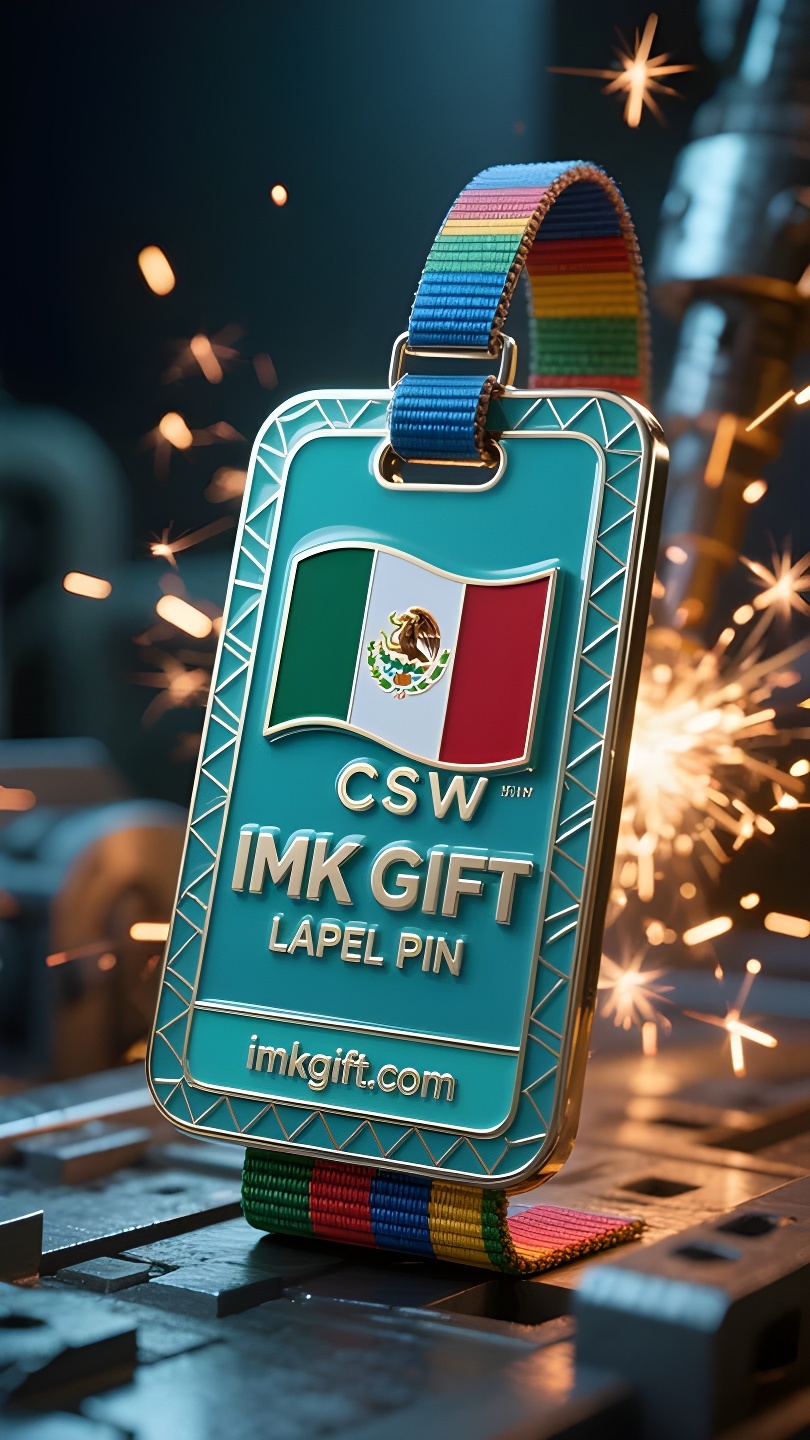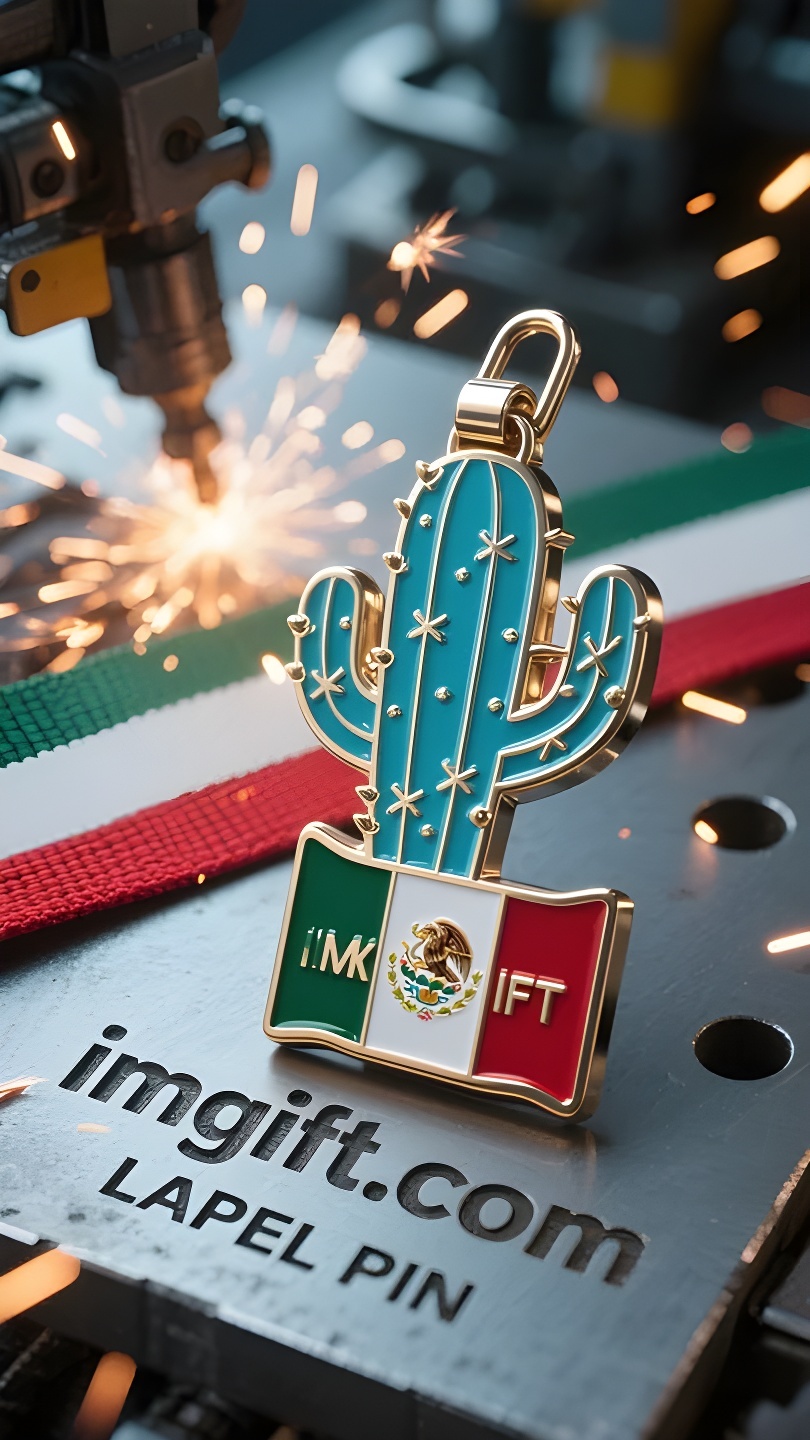in987-Espinas-de-cactus-emblema-de-la-vida
▼
En septiembre en México, la silueta de un águila sosteniendo una serpiente y parada orgullosamente sobre un cactus en la bandera nacional es particularmente llamativa. Esta planta que crece en el desierto no sólo es un símbolo nacional, sino que también encarna la sabiduría de supervivencia de los mexicanos durante miles de años: echando raíces en la pobreza y floreciendo en la adversidad. Hoy en día, las etiquetas de equipaje con forma de cactus que cuelgan de las maletas de los viajeros se están convirtiendo en una nota al pie moderna de este espíritu. Cada espina preservada deliberadamente nos dice que el verdadero crecimiento nunca evita el dolor; Cada tallo carnoso, grueso y jugoso demuestra la abundancia cuando los recursos son escasos. Así como los cactus del desierto almacenan agua en sus cuerpos, las etiquetas de equipaje nos recuerdan que la resiliencia de la vida no reside en las condiciones externas, sino en si uno tiene la sabiduría para transformar las dificultades. Cuando la gente moderna viaja por el “desierto” de acero y hormigón, este pequeño tótem se convierte en una medalla de coraje que llevan consigo. Nos enseña a echar raíces como un cactus cuando vagamos por una tierra extranjera, a permanecer erguidos en medio de colisiones culturales y a florecer brillantemente bajo la presión de la vida. Los antiguos mexicanos construyeron la ciudad de Tenochtitlán sobre cactus, y los viajeros de hoy también pueden construir su propio oasis en el desierto espiritual. El sonido tintineante de las etiquetas de equipaje de cactus es como el redoble de los tambores de una antigua tribu viajando a través del tiempo y el espacio. Nos dice: la verdadera patria no está en la longitud ni en la latitud, sino que existe en lo más profundo del alma de cada uno que se atreve a afrontar las espinas de la vida y aún así elige florecer.
In September in Mexico, the silhouette of the eagle holding a snake and standing proudly on the cactus on the national flag is particularly eye-catching. This plant growing in the desert is not only a national symbol, but also embodies the survival wisdom of Mexicans for thousands of years – taking root in poverty and blooming in adversity. Today, the cactus luggage tag swaying on the traveler’s suitcase is becoming a modern footnote to this spirit. Every deliberately retained thorn is telling that true growth never avoids pain; every thick and juicy fleshy stem proves the self-abundance when resources are scarce. Just as the desert cactus stores water in its body, the luggage tag reminds us: the resilience of life does not lie in external conditions, but in whether the heart has the wisdom to transform difficulties. When modern people shuttle through the “desert” of steel and concrete, this totem in a small space becomes a medal of courage that they carry with them. It teaches us to learn to take root like a cactus when wandering in a foreign land, to maintain an upright posture in the collision of cultures, and to still bloom gorgeous flowers under the pressure of life. Mexican ancestors built Tenochtitlan on cacti, and today’s travelers can also build their own oasis in the spiritual wilderness. The jingling sound of the cactus luggage tag is like the drumbeat of an ancient tribe traveling through time and space. It tells us that the real hometown is not on the longitude and latitude, but in the depths of every soul that dares to face the thorns of life and still chooses to bloom.
九月的墨西哥,国旗上那只衔蛇雄鹰傲立于仙人掌的剪影格外醒目。这株生长在荒漠中的植物不仅是国家象征,更凝结着墨西哥人千年来的生存智慧——在贫瘠中扎根,于逆境中绽放。
如今,旅人行李箱上晃动的仙人掌行李牌,正成为这种精神的现代注脚。每一道刻意保留的尖刺,都在诉说真正的成长从不回避痛苦;每片肥厚多汁的肉质茎,都印证着在资源匮乏时的自我丰盈。正如沙漠仙人掌将水分储存在体内,行李牌提醒我们:生命的韧性不在于外在条件,而在于内心是否具备转化困境的智慧。
当现代人穿梭于钢筋水泥的”荒漠”,这块方寸之间的图腾成为随身携带的勇气勋章。它教我们在异乡漂泊时学会像仙人掌般向下扎根,在文化碰撞中保持直立姿态,在生活重压下依然能开出绚烂的花。墨西哥先民在仙人掌上建起特诺奇蒂特兰城,今天的旅者亦能在精神荒原中筑造属于自己的绿洲。
仙人掌行李牌叮当作响的声响,恰似古老部族穿越时空的鼓点。它告诉我们:真正的故乡不在经纬线上,而存在于每个敢于直面生命棘刺,却依然选择绽放的灵魂深处。
▼
Contact Us
📞 Tel: +0086-760-85286839
📧 Email: sales3@imkgift.com








